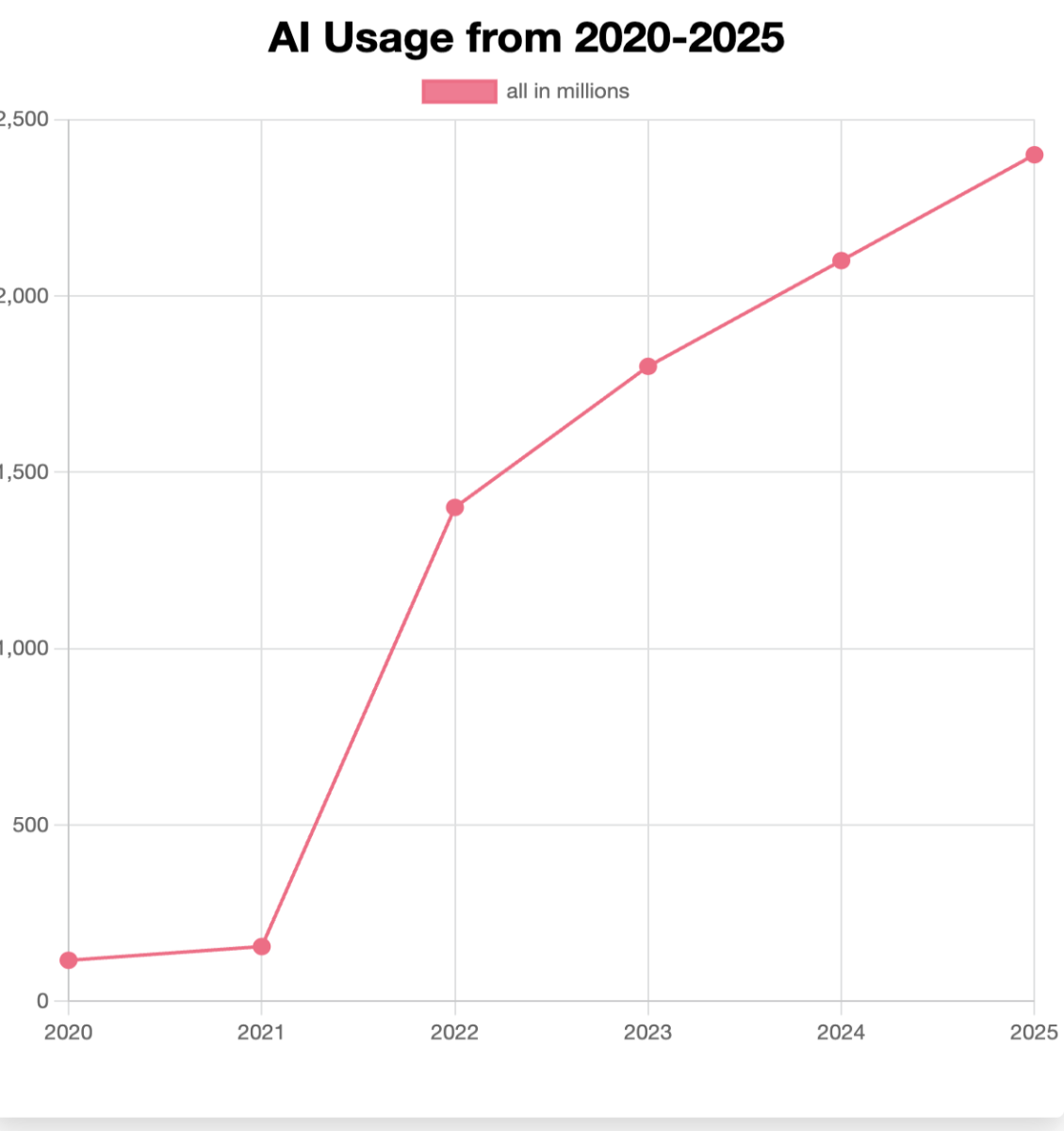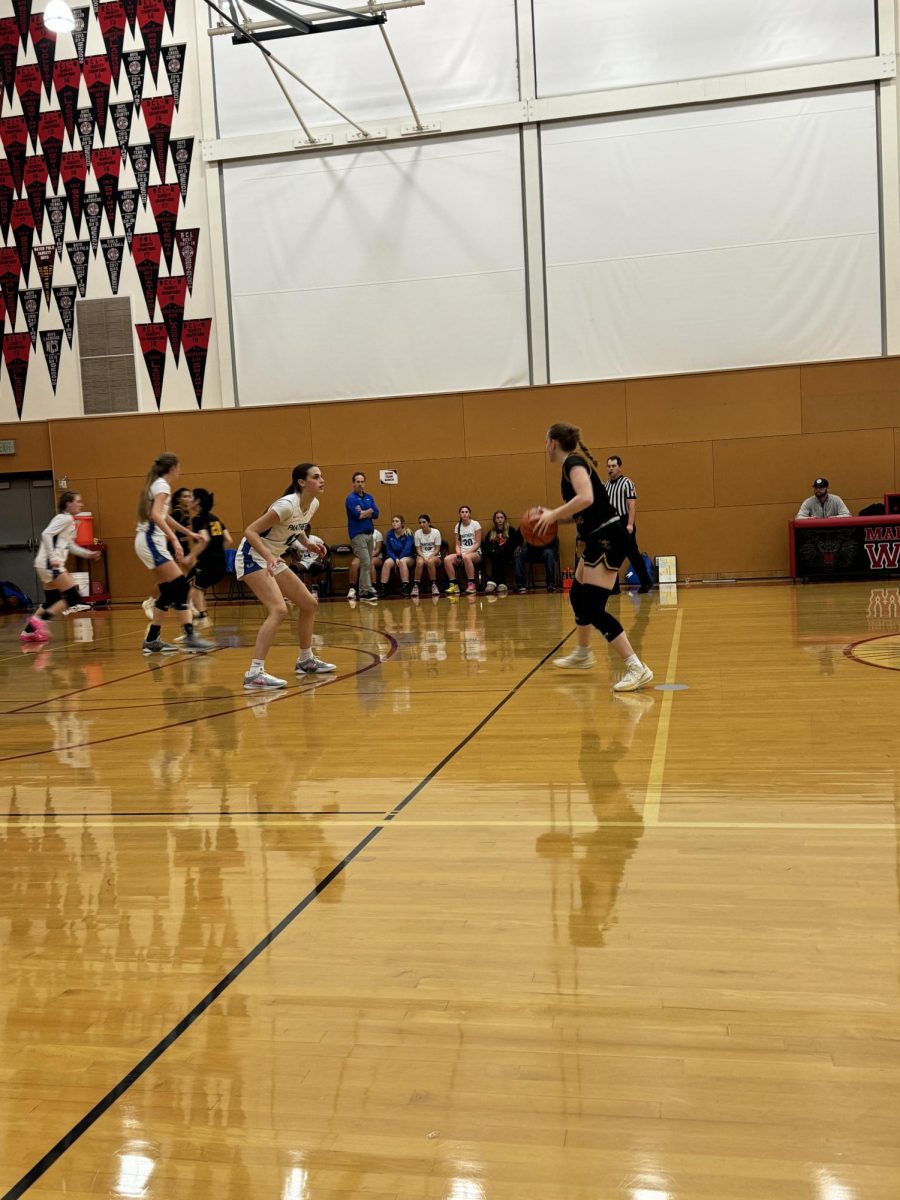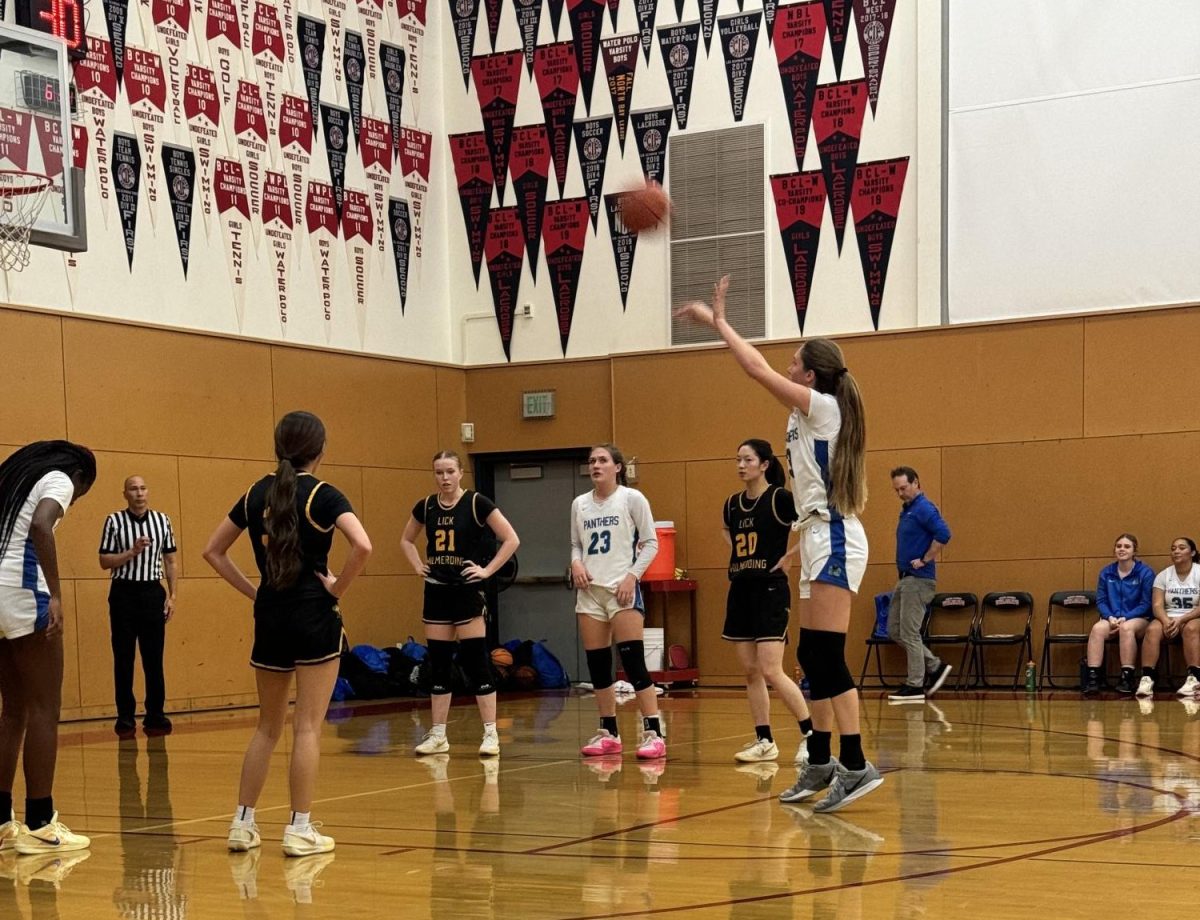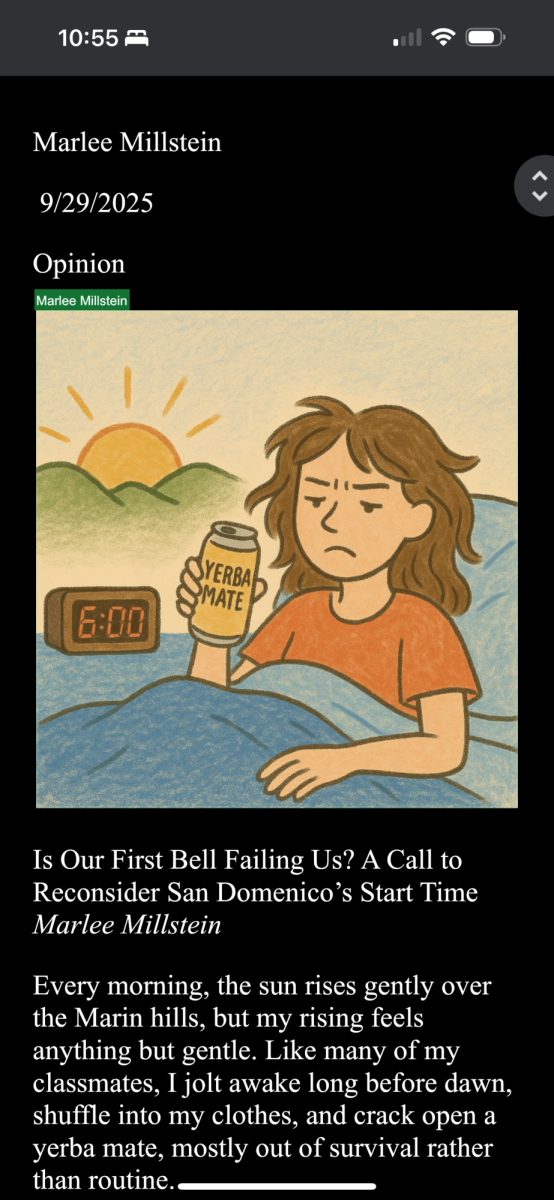Last month, U.S. News & World Report released the 2024 Best National University Rankings. Princeton retained its position as the top-ranked university in the nation, followed by M.I.T., with Harvard and Stanford tied for third. Yale has now slipped from third to fifth place on the list. Other private institutions like New York University, Vanderbilt, Wake Forest, and Washington University in St. Louis have dropped significantly, with some of them out of the top 20 this year.
On the other hand, many public universities have risen in their rankings. While the 2023 national college rankings had merely six public universities securing a spot in the top 30, the revised criteria has brought UCD and UCSD into the spotlight this year, with a total of eight public universities making it to the top 30.
People think that this is the result of the new methodology, in which U.S. News excludes alumni giving, faculty qualifications, class size, and high school entrance standings. Instead, they evaluate schools based on “success in graduating students from different backgrounds,” which assesses the extent to which a college has created an inclusive and supportive environment for students from diverse backgrounds to thrive and graduate.
Melissa Martin and Sierra Anderson, the college counselors at San Domenico Upper School, offered their valuable insights into the impact of the new rankings on school admissions and applicants. One significant point of discussion surrounding these rankings is whether they will influence admission rates.
“As large numbers of students apply to the same colleges, it might drive down acceptance rates,” Martin said.
When looking at actual statistics, the relationship between college rankings and admission rates appears to be more noticeable in some schools than others. For instance, New York University, which rose from 28th in 2022 to 25th in 2023, saw an 8.75% decrease in its admission rate. Columbia University, which dropped from 2nd place to 18th between 2022 and 2023, experienced only a 0.17% increase in its acceptance rate. For most public universities, whether they ascended or descended in the rankings, the change in their acceptance rates remained mostly the same.
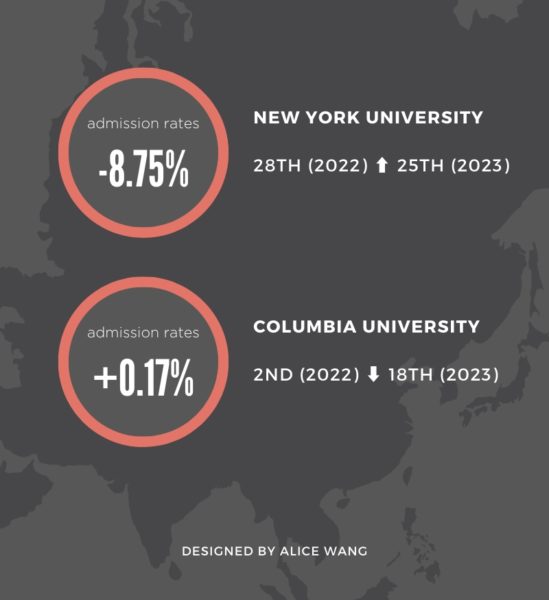
In light of these implications, Anderson mentioned a critical conversation held at the National Association for College Admissions Counseling annual conference regarding “whether the U.S. News ranking is a system that colleges should continue to participate in.”
Indeed, this discussion has been around for a while, as Columbia University announced back in June about their decision to no longer participate in the U.S. News & World Report college rankings. Similarly, Vanderbilt University has also voiced its distress regarding the latest 2024 rankings. These actions reflect a growing debate within the academic community about the value and impact of such rankings on educational institutions.
“Some information like student satisfaction rates in these rankings are very helpful, but one ranking source should not take students away from considering overall college fit,” Martin said.
To find good fits for themselves, “students should be student-centered,” Anderson added.
Applicants should make choices that align with their unique needs, goals, and aspirations.



